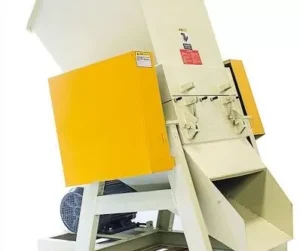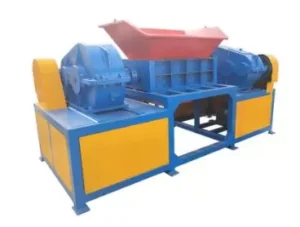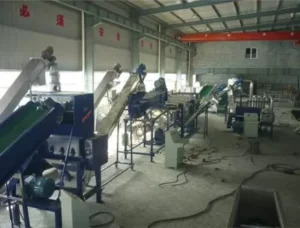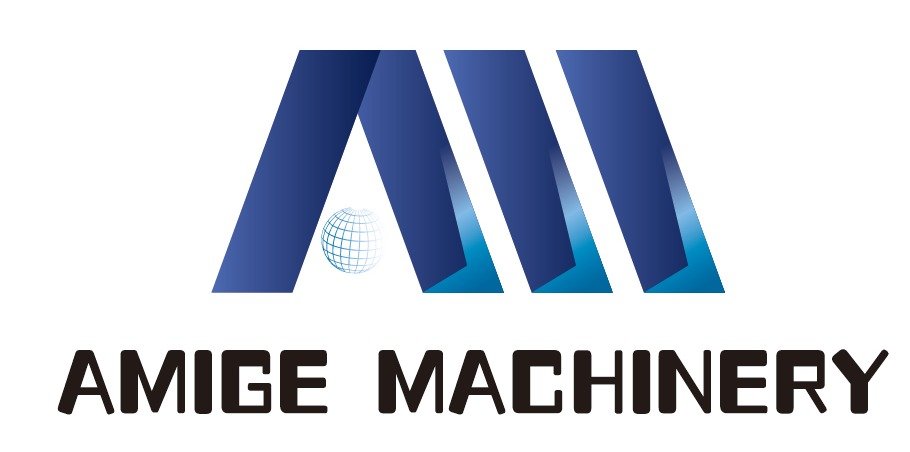The planet is choking on plastic. Beaches are buried in bottles. Sea turtles mistake bags for jellyfish. And landfills? They’re bloated with our addiction to convenience. I’ve seen entire factories pumping out plastic parts like candy with no plan for what happens after. We all feel the urgency. But the question is—can we actually fix the global plastic pollution crisis?
Yes, we can—but it takes more than banning straws. The solution lies in a combination of smarter product design, plastic waste reduction, advanced recycling technologies, regulatory action, and a circular economy model. Companies like mine are already proving that plastic can be reused, remade, and revalued.
Sound too good to be true? Stick around. I’ve seen the mess firsthand—and I’ve also seen the solutions that actually work.

How bad is the global plastic pollution crisis?
Let’s not sugarcoat it.
We produce over 400 million tons of plastic every year—and more than a third of it is used just once before being tossed away.
Of that waste, only 9% is recycled. The rest ends up in landfills, incinerators, or our environment. Oceans alone receive 8–12 million tons of plastic waste annually. That’s equivalent to dumping a garbage truck full of plastic into the sea every minute.
And no—recycling isn’t always the hero. Much of the plastic we collect can’t be reused due to contamination, poor sorting, or lack of infrastructure.
It’s not just an eyesore. Plastic leaches chemicals. It breaks down into microplastics, now found in fish, salt, even human blood. The pollution is literally in us.
What’s causing the crisis?
It’s a perfect storm of convenience, ignorance, and poor planning.
-
Single-use plastics still dominate packaging, food service, and personal care.
-
Low recycling rates are due to poor collection, poor design, and poor policy.
-
Cheap virgin plastic undercuts recycled material, making reuse less appealing.
-
Global trade often shifts plastic waste to countries without proper processing facilities. Out of sight, out of mind.
And let’s not forget—the demand for plastic is still rising. Developing economies are just starting their plastic consumption curve.

What are the global efforts to reduce plastic pollution?
Finally, some hope.
More than 180 countries have pledged to reduce plastic waste. The UN is drafting a legally binding global plastic treaty, expected to reshape how we produce and dispose of plastics.
Big brands like Unilever, Coca-Cola, and Nestlé are committing to recycled packaging. Cities are banning straws, bags, and foam containers. It’s progress—but often too slow, and not backed by enforcement.
In my opinion, the most promising moves are:
-
Extended Producer Responsibility (EPR) laws
-
Plastic taxes to level the price between virgin and recycled
-
Public-private partnerships for recycling infrastructure
-
Education campaigns to shift consumer behavior
And then there’s us—the folks who build the machines that make this change possible.
How does plastic recycling fit into the solution?
It’s not the only answer—but it’s a big piece of the puzzle.
Plastic recycling turns waste into raw material again. It reduces demand for fossil fuels, cuts emissions, and diverts waste from oceans and landfills.
At Amige, we build machines that shred, granulate, wash, dry, and pelletize plastic. That means taking a broken crate or film roll and turning it into clean flakes or pellets ready for reuse.
We’ve helped factories close the loop, turning their own scrap into new products. One client in Malaysia went from paying landfill fees to selling recycled pellets—talk about flipping the script.
But recycling only works if the upstream design is right. Which brings us to…
Why is product design important?
Because some plastics are basically unrecyclable by design.
Multilayered snack bags? Nightmare. Black trays? Optical sorters can’t detect them. Toothpaste tubes with aluminum? Forget about it.
To fix this, we need design for recyclability. That means:
-
Using mono-materials
-
Avoiding dark colors
-
Skipping glued labels
-
Marking resin codes clearly
This makes life easier for sorters—and for machines like ours.
Some brands are already adapting. We’ve worked with packaging clients in India switching to HDPE-only bottles and sleeves just so they could access high-quality recycling streams.
Good design doesn’t just help the planet. It helps the balance sheet.

What about alternatives to plastic?
Bioplastics. Paper. Reusables.
They all have a role, but let’s not get carried away. Many “eco” materials have hidden footprints too.
-
Bioplastics still need industrial composting—hard to find.
-
Paper packaging often needs plastic liners, making it unrecyclable.
-
Reusable systems work best in controlled environments, not everywhere.
We shouldn’t replace plastic. We should use it smarter.
After all, plastic is durable, lightweight, and resource-efficient when used well. It’s not the villain. Waste is.
That’s why recycling machines still matter—even in a future with fewer plastics.
What role do businesses and consumers play?
Businesses create the products. Consumers create the demand.
If we want systemic change, both must step up.
As a machine manufacturer, I make it easier for factories to process their own waste. But if their customers don’t care whether the product is recyclable or not—it all falls apart.
Brands should:
-
Audit their plastic use
-
Switch to recyclable or recycled materials
-
Invest in take-back or deposit schemes
Consumers should:
-
Choose products with sustainable packaging
-
Sort waste properly
-
Ask brands hard questions
Even a small act—like rinsing your yogurt cup—can determine whether it ends up recycled or rejected.
We’re all in this. There’s no magic solution. But there is shared responsibility.

Can we really solve the plastic pollution crisis?
I believe so. But only if we act fast, together, and smartly.
Technology alone won’t save us—but it’s a powerful tool. Policy without infrastructure won’t work. And recycling without design is like building a house with no door.
That’s why I keep pushing at Amige. We build machines not just for profit—but for purpose. I’ve seen plastic waste transformed into opportunity. I’ve watched our machines turn chaos into order.
It’s not perfect. But it’s progress.
And frankly? It beats doing nothing.
Conclusion
The plastic pollution crisis is real—but solvable. With better design, smarter recycling, effective policies, and global cooperation, we can turn the tide. At Amige, we’re doing our part—one shredder at a time.

